Category: Cosmology
-
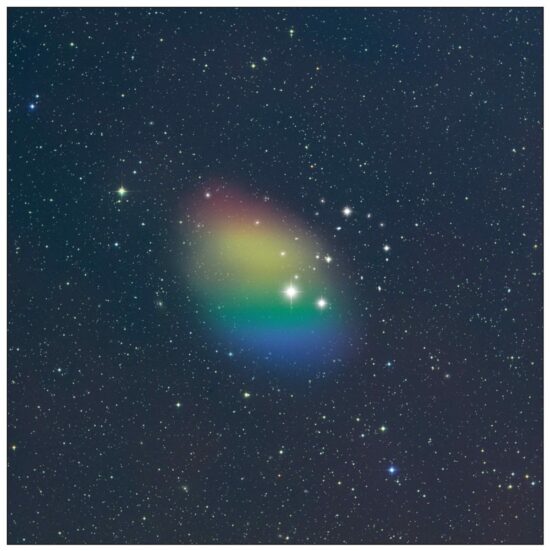
Astronomers Accidentally Discover Dark Primordial Galaxy
Is this the faintest galaxy ever found? While surveying hydrogen (HI) gas in Low Surface Brightness (LSB) galaxies an astronomer made an unusual discovery, presented today in a press conference at the American Astronomy Society’s annual meeting. 350 unique galaxies were studied for this survey, and astronomers used several major radio telescopes around the world,…
-
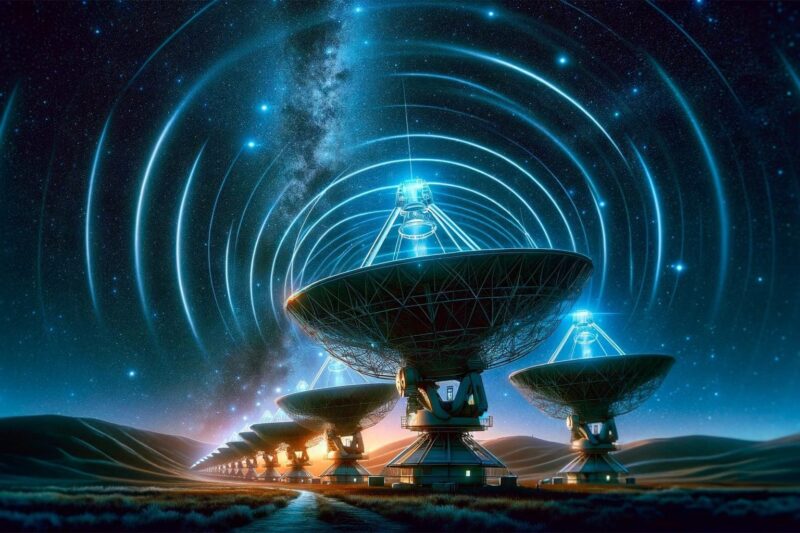
Mysterious New Signals Detected by SETI: Unlocking the Strange Puzzle of Fast Radio Bursts
Mysterious New Signals Detected by SETI: Unlocking the Strange Puzzle of Fast Radio Bursts This work proves that new telescopes with unique capabilities, like the ATA, can provide a new angle on outstanding mysteries in FRB science. A team of SETI Institute scientists have unveiled new insights into a cosmic mystery known as Fast Radio…
-
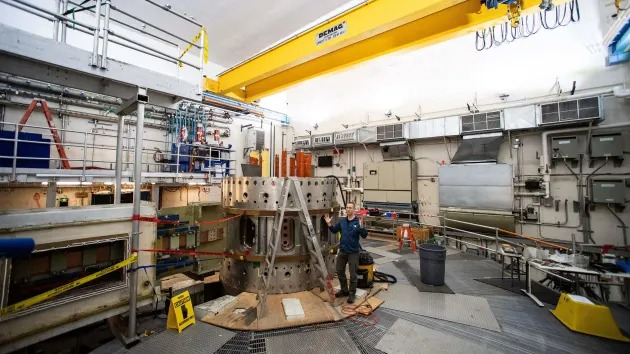
Nuclear fusion will not be regulated the same way as nuclear fission
The top regulatory agency for nuclear materials safety in the U.S. voted unanimously to regulate the burgeoning fusion industry differently than the nuclear fission industry, and fusion startups are celebrating that as a major win. As a result, some provisions specific to fission reactors, like requiring funding to cover claims from nuclear meltdowns, won’t apply to fusion plants. (Fusion…
-
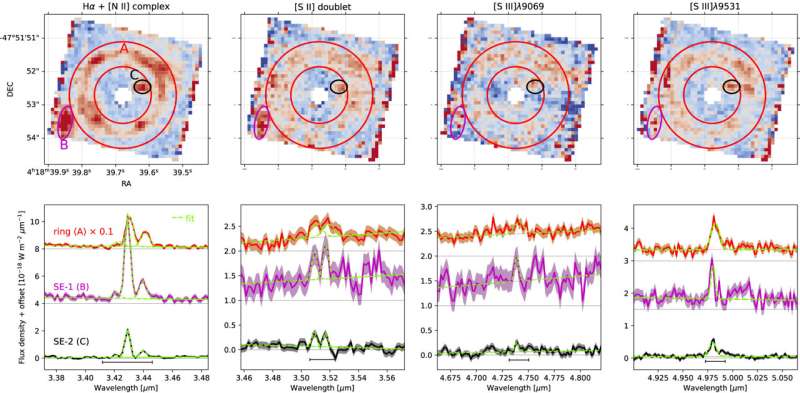
Astronomers discover metal-rich galaxy in early universe
Amazing to see a metal-rich galaxy so early in the Universe’s history. Scanning the first images of a well-known early galaxy taken by NASA’s James Webb Space Telescope (JWST), Cornell astronomers were intrigued to see a blob of light near its outer edge. More here
-
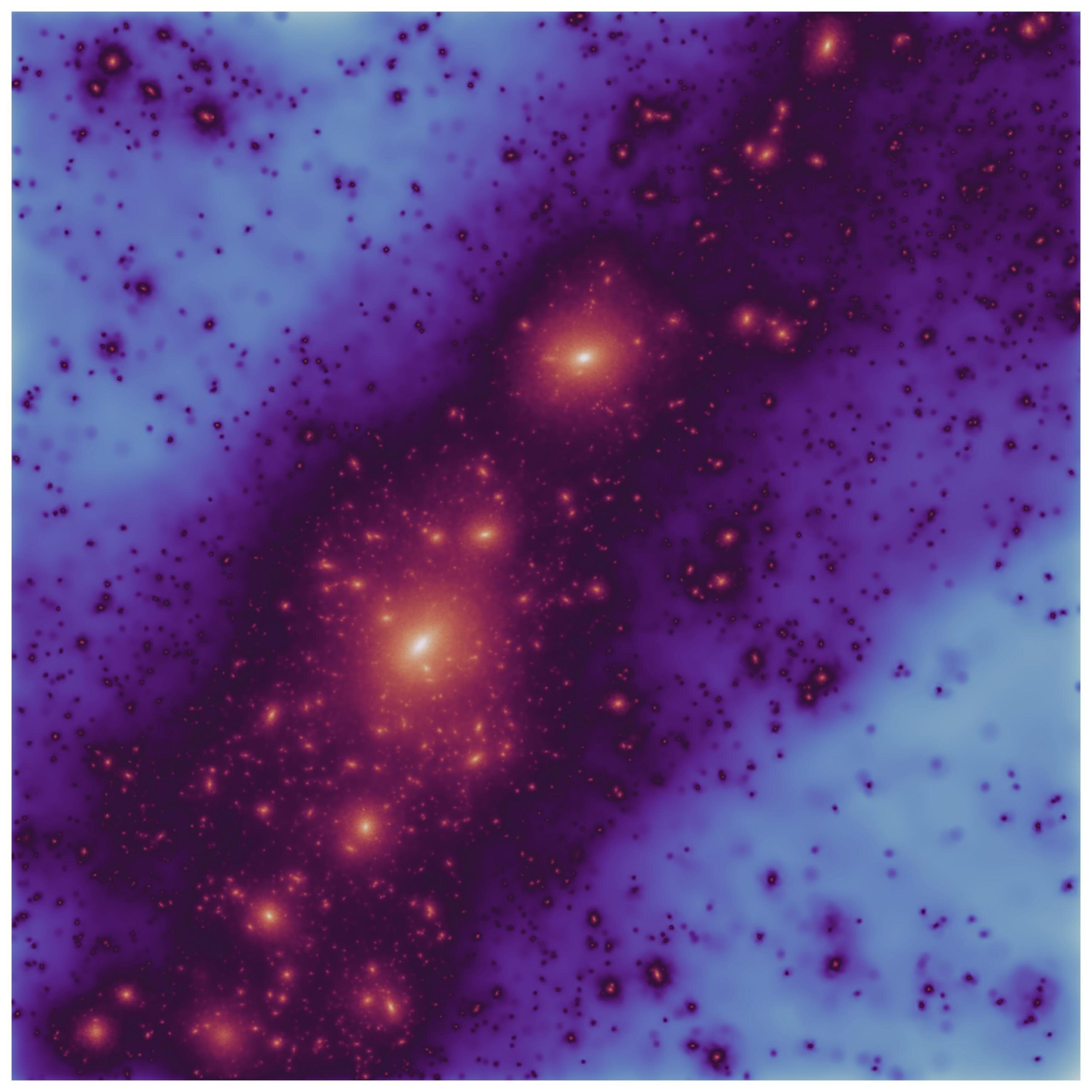
Cosmological enigma of Milky Way’s satellite galaxies solved
Astronomers say they have solved an outstanding problem that challenged our understanding of how the universe evolved—the spatial distribution of faint satellite galaxies orbiting the Milky Way. These satellite galaxies exhibit a bizarre alignment—they seem to lie on an enormous thin rotating plane—called the “plane of satellites.” This seemingly unlikely arrangement had puzzled astronomers for…
-

Asymmetry Detected in the Distribution of Galaxies
Two new studies suggest that certain tetrahedral arrangements of galaxies outnumber their mirror images, potentially reflecting details of the universe’s birth. But confirmation is needed. Physicists believe they have detected a striking asymmetry in the arrangements of galaxies in the sky. If confirmed, the finding would point to features of the unknown fundamental laws that…
-

Researchers suggest that wormholes may look almost identical to black holes
Why haven’t we found wormholes? It might be because they look just like blackholes! A group of researchers at Sofia University has found evidence that suggests the reason that a wormhole has never been observed is that they appear almost identical to black holes. In their paper published in the journal Physical Review D, , Petya Nedkova,…
-
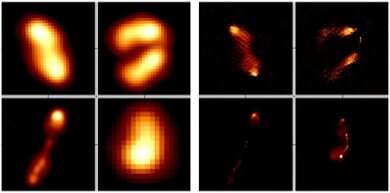
The universe is in much sharper focus with new algorithms and supercomputers
With new algorithms and supercomputers, an incredibly detailed radio map of the universe has been created. Now astronomers can look at radio data of galaxies with much more precision. This research was published in Nature Astronomy by Leiden University Ph.D. student Frits Sweijen and colleagues. “This single map has almost as many pixels as previous maps of…
-
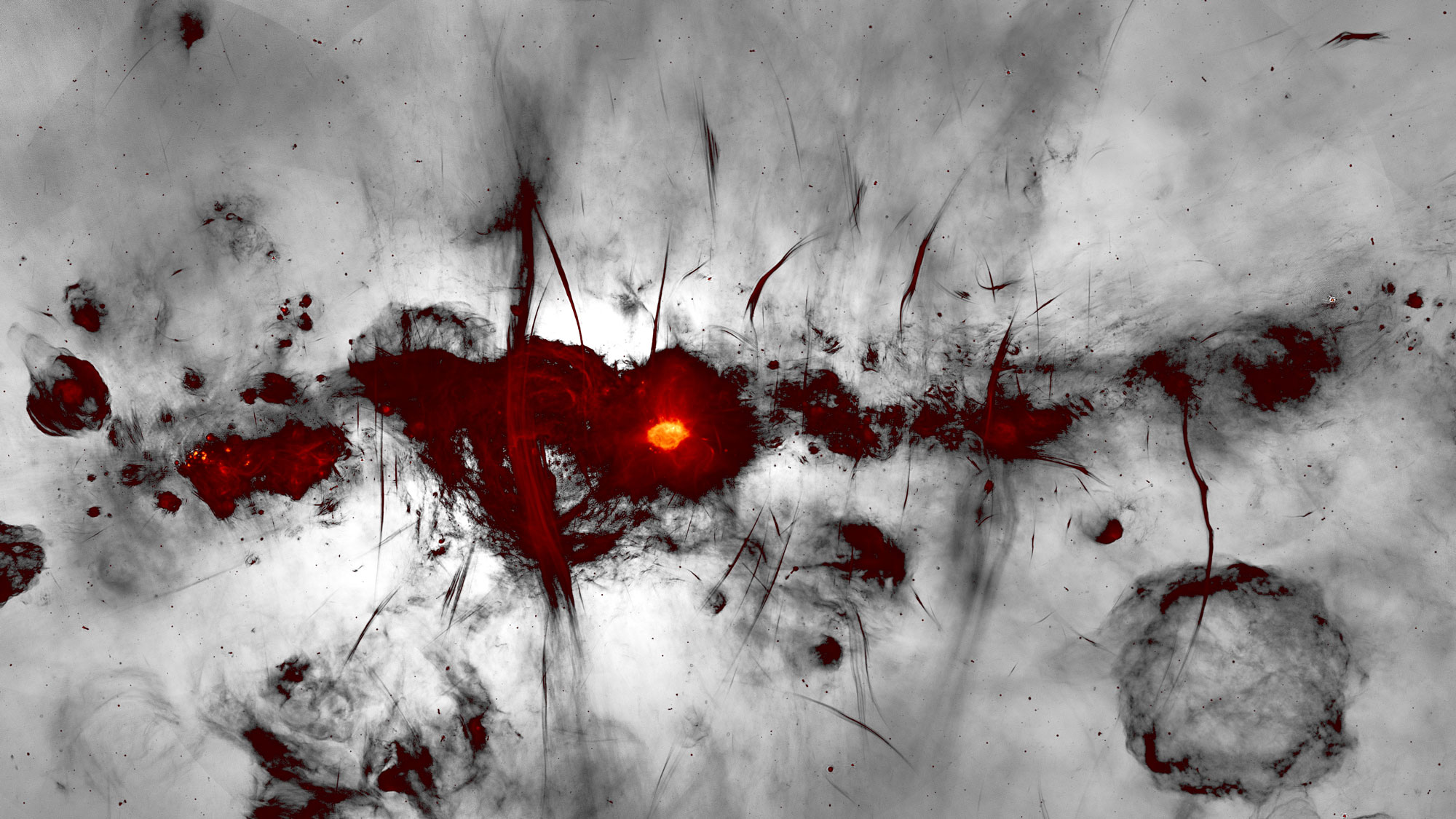
New MeerKAT radio image reveals complex heart of the Milky Way
The South African Radio Astronomy Observatory (SARAO) has released today a new MeerKAT telescope image of the centre of our Galaxy, showing radio emission from the region with unprecedented clarity and depth. The international team behind the work is publishing the initial science highlights from this image in The Astrophysical Journal. The article is accompanied by…
-
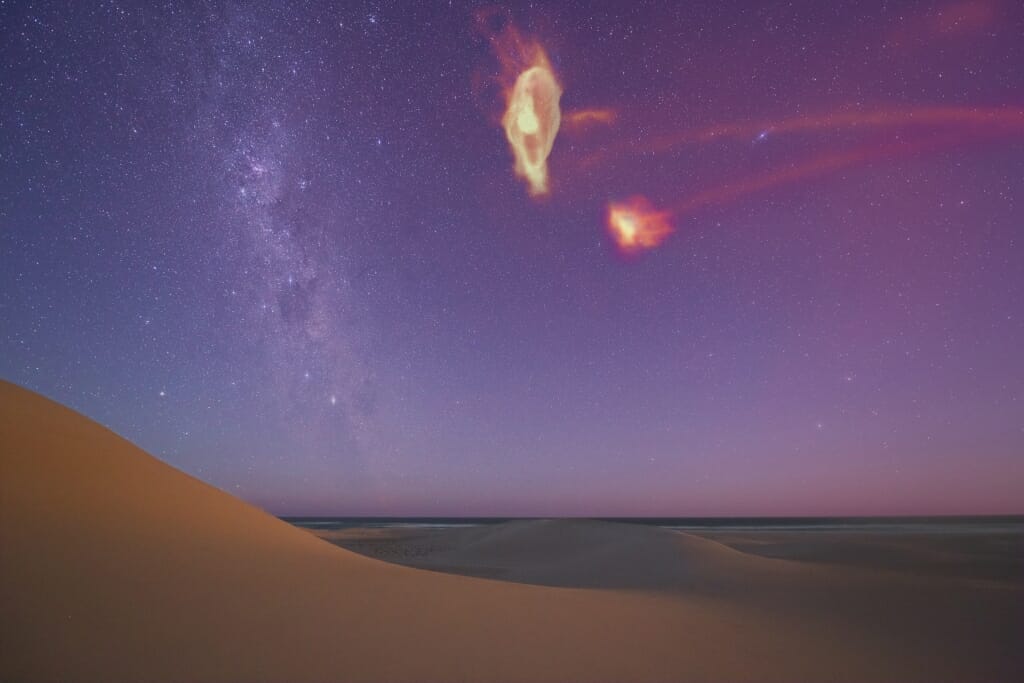
Magellanic Stream arcing over Milky Way may be five times closer than previously thought
Our galaxy is not alone. Swirling around the Milky Way are several smaller, dwarf galaxies — the biggest of which are the Small and Large Magellanic Clouds, visible in the night sky of the Southern Hemisphere. During their dance around the Milky Way over billions of years, the Magellanic Clouds’ gravity has ripped from each…
-
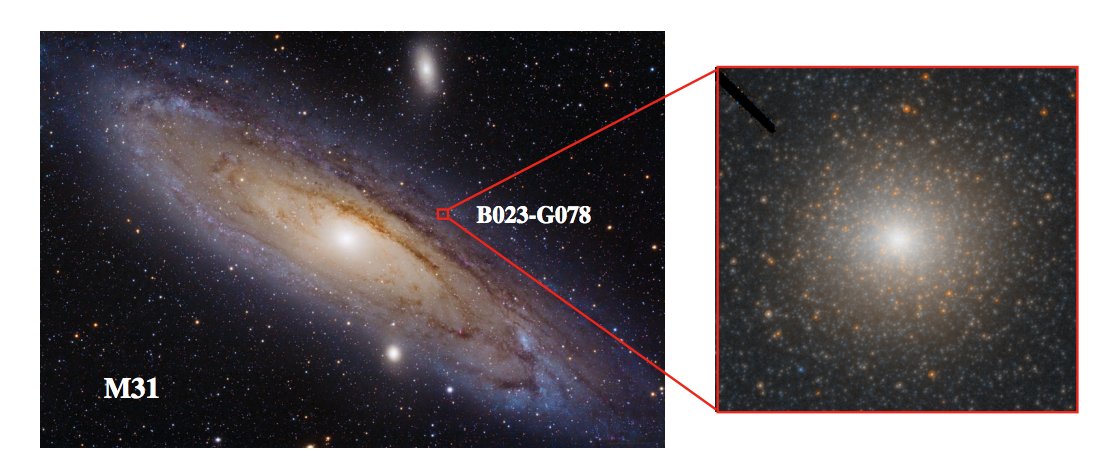
Intermediate mass black hole in the centre of M31’s largest globular cluster
Very cool research on the detection of an intermediate-mass (approx. 100,000 times the mass of the Sun) black hole in the most massive Globular Cluster of Andromeda. This means that this cluster is a tidally stripped nucleus of a larger galaxy. This technique can be used to estimate the number of galaxies that have merged…
-

Record number of new gravitational waves offers game-changing window into universe
Scientists say 35 novel discoveries included a pair of massive black holes 145 times as heavy as the sun orbiting each other. Astronomers have detected a record number of gravitational waves, in a discovery they say will shed light on the evolution of the universe, and the life and death of stars. An international team…
-
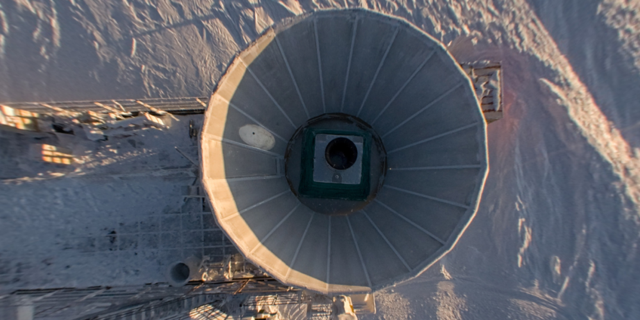
Squeezing down the Theory Space for Cosmic Inflation
An updated search for primordial gravitational waves has not found a signal, which implies that some popular early Universe models are becoming less viable. Remarkably, the large-scale Universe can be adequately described by a model involving only a handful of parameters. This lambda cold dark matter (LCDM) model postulates that the expansion of the Universe…
-
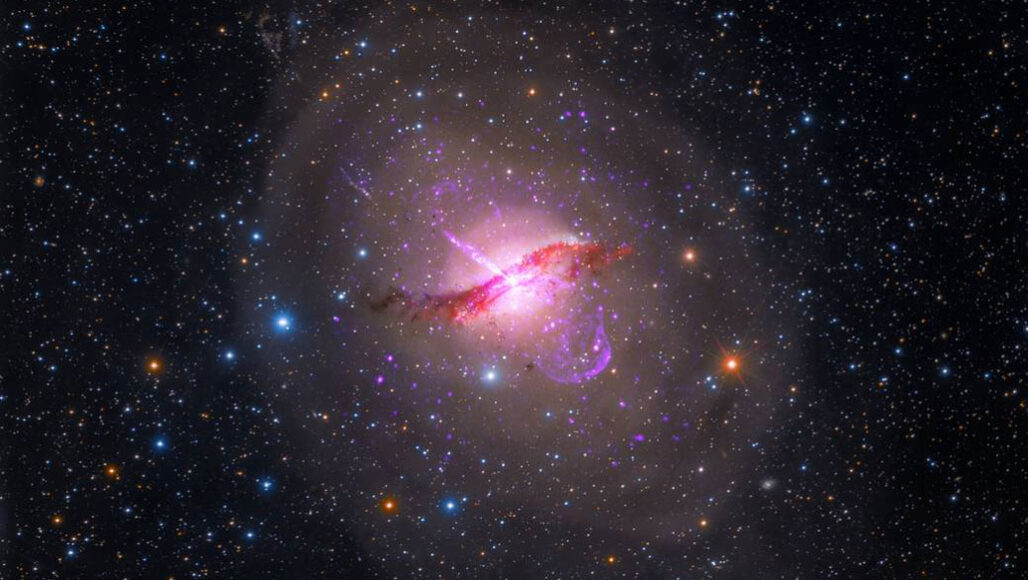
The latest picture of a black hole captures Centaurus A’s massive jets
The Event Horizon Telescope is expanding its portfolio of black hole images. In 2019, the telescope unveiled the first image of a black hole, revealing the supermassive beast 55 light-years from Earth at the center of galaxy M87 (SN: 4/10/19). That lopsided orange ring showed the shadow of the black hole on its glowing accretion disk…